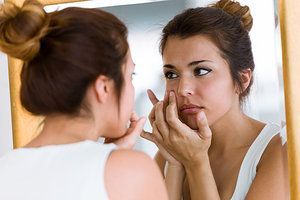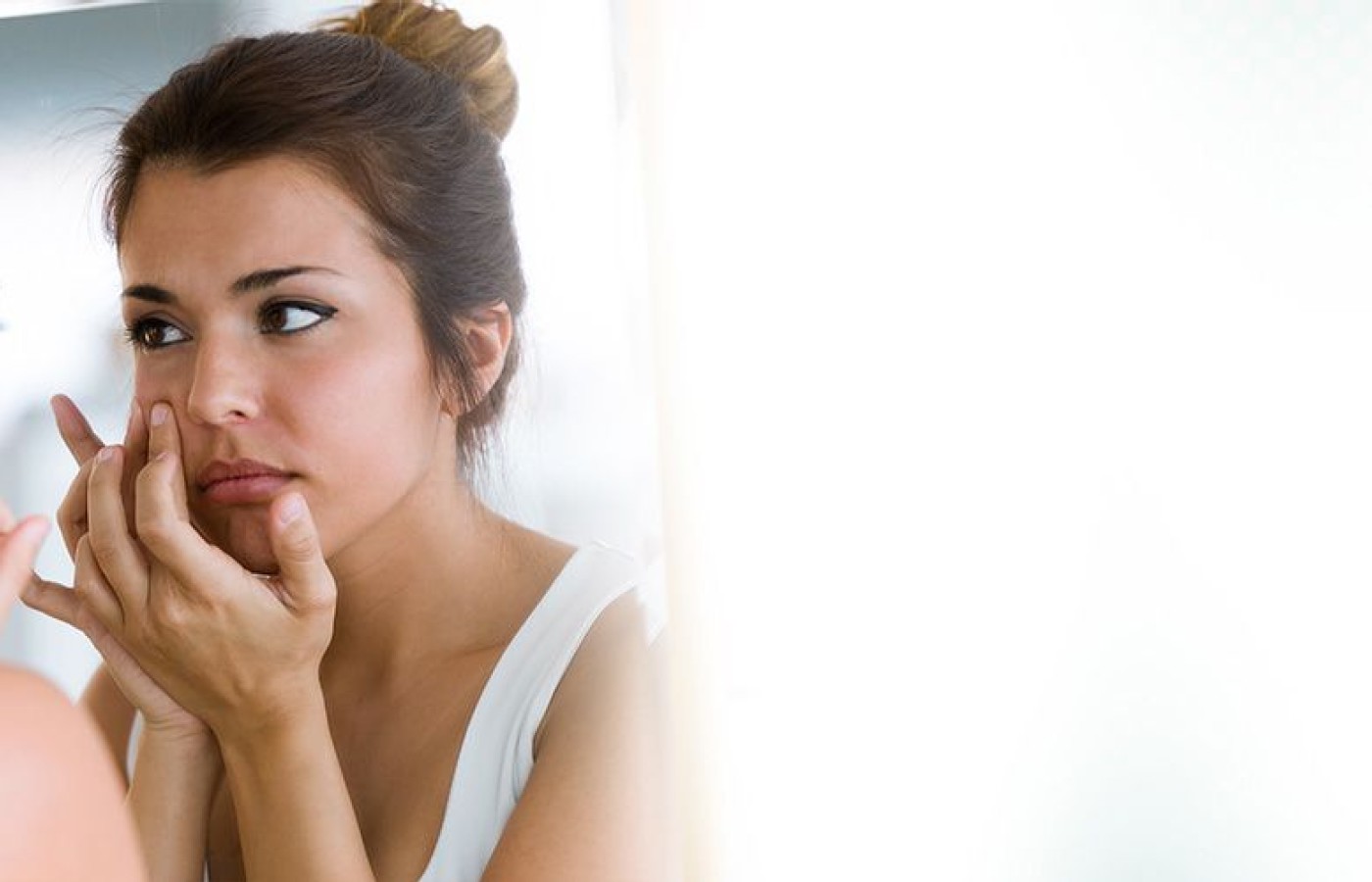Whether you accept it, avoid it or live somewhere in between, insurance coverage has become a defining issue for our profession. Patients increasingly expect to use their benefits, practitioners want to be compensated fairly for their time and expertise, and the system itself remains – at best – fragmented. The encouraging news is that coverage has expanded in meaningful ways. The challenging news is that reimbursement, across the board, remains inadequate.
Natural Remedies for Problematic Skin: Acne
According to the American Academy of Dermatology, acne is the most common skin condition in the United States, affecting 50 million Americans a year. While Western medication may work for some, others find it challenging to identify a solution for this condition.
Addressing acne naturally using herbal solutions can be especially helpful to those who are sensitive to the prescription medications or may simply not want to risk the harsh side effects of most medications often used for acne. Because herbal formulas work by targeting the underlying cause of why the patient has acne, instead of just treating the acne itself, they can effectively resolve the acne and achieve more lasting results.
What Causes Acne
Although the exact cause of acne is not fully established, it is generally accepted that multiple factors are involved. Presently, research points toward four main processes that contribute to the development of acne. Keys to the pathogenesis of acne are Propionibacterium acnes (P. acnes), keratinocyte hyperproliferation in the follicle, androgen-mediated increase in sebum production, and, most importantly, inflammation. These factors cause the cutaneous microenvironment to change and lead to inflammatory reactions of the host that foster acne lesion progression.
The Sebaceous Glands

Taking a closer look at the skin, we are introduced to the sebaceous glands. Sebaceous glands secrete oil or sebum. Sebum works to protect the skin against friction, reduces moisture penetration through the outer skin layers, and acts as part of the healing process.1 It can be troublesome when there is an increase in sebum production.
P. acnes is one in a group of normal gram-positive bacterial flora found in the follicular unit. It is believed that the bacterium can stimulate tumor necrosis factor-alpha and the interleukins. Specifically, IL-1β, IL-8 and IL-12 seem to be stimulated by P. acnes.1 A 2016 study showed that when P. acnes is trapped in an airless environment such as alongside hair and skin cells, it turns the sebum into fatty acids that activate inflammation in nearby skin cells.2 Usually, this inflammation is switched off by histone deacetylases, but the fatty acids deactivate these enzymes so that the inflammation can continue unchecked.
Increased sebum production also can be brought about by hormonal issues. An increase in testosterone causes an increase in sebum production because testosterone is one of the major androgens that interact with the androgen receptors on sebaceous glands. In females, menstruation can cause an increase in sebum production due to changes in hormone levels.
Just before menstruation, estrogen and progesterone levels decrease. This triggers the sebaceous glands to secrete more sebum. When the female hormones drop, testosterone stays level throughout the whole month. This also triggers sebaceous gland activity and the resulting clogged pores when testosterone levels are higher than both the female hormones. These fluctuations in hormones can also trigger skin inflammation, which can increase the production of acne-causing bacteria.
Liver Health
In both males and females, liver health also can play an important role in chronic acne. Since the liver is involved in the regulation of hormones, a liver deficiency can also lead to an increase in sebum production.
The liver metabolizes estrogen, which increases sex hormone-binding globulin. SHBG binds to free testosterone in the bloodstream to inhibit testosterone's effects. If the liver is not metabolizing estrogen at the proper rate and can't produce enough SHBG, there can be an increase in the free testosterone in the blood, which contributes to acne development.
TCM: An Effective Solution
Chinese herbs have shown many beneficial effects to decrease the amount of inflammation that is taking place and driving the progression of the acne. Radix Angelicae root (Bai Zhi), for example, when applied externally, has been shown through pharmacology research to restrain bacteria on the skin, inhibit inflammation, relieve pain, expand blood vessels, promote skin metabolism, and delay aging skin.3 Radix scutellariae (Huangqin) has been shown to suppress the growth of gram-positive bacteria, which P. acnes falls under.4
Topically applied herbal cream consisting of Radix Angelicae root, Radix scutellariae, and Flos magnoliae helps to remove heat and clear inflammation and infection on the skin to resolve acne. These herbs help reduce inflammation by inhibiting tumor necrosis factor-alpha to subside swelling and discharge of pus, nourishing the skin, restraining bacteria, and promoting skin metabolism.3 Many practitioners who have used them in their clinic report that patients can experience symptom improvement in 1-3 days and have significant improvement in one week.
If the patient suffers from hormonal acne, it is also essential to employ oral herbal formulas to help buffer the hormonal changes. In females, herbs like Radix angelicae sinensis tonify the female reproductive system, relive menstrual pain and regulate the menstrual cycle.5 This helps to reduce the uterine inflammation to combat the symptoms of PMS; as well as lowers the production of acne-causing bacteria.
In both males and females, enhancing liver function also helps to balance hormonal imbalances. Herbs such as Semen cassiae and Rhizoma alismatis nourish the liver, improve pathological damage of the liver, and control inflammatory and oxidative stress markers.6-7 The combined use of internal and topical herbal formulas can help address the main causes of acne and resolve the condition successfully.
Case Study: Successful Resolution of Hormone-Related Acne
— Michael Akerson, DC, CSCS, Arizona
A 30-year-old female patient was suffering from hormone-related acne. She stopped taking birth control pills six months ago and ever since, her acne has been present. The patient knew it was hormonally related and has seen a dermatologist. She bought everything you can think of and spent so much money on the newest products, but without any improvement.
Dr. Akerson recommended she try a topical herbal cream consisting of Radix angelicae root, Radix scutellariae and one other herb. The results were amazing! The patient saw herself totally different before finishing one bottle of the product and had only been using it at nighttime. She is extremely happy and has referred her sister, who has the same problem.
References
- Masterson K. Acne basics: pathophysiology, assessment, and standard treatment options. J Derm Nurses' Assoc, Jan/Feb 2018;10(1S):S2-S10.
- Sanford JA, Zhang LJ, Williams MR, et al. Inhibition of HDAC8 and HDAC9 by microbial short-chain fatty acids breaks immune tolerance of the epidermis to TLR ligands. Sci Immunol, 2016 Oct 28;1(4):eaah4609.
- Teoh S, Xi S, Wang Y, et al. Comprehension and experience of acne treated with traditional Chinese medicine facial mask of Bai Zhi (Radix Angelicae Formosanae) and Bai Fu Zi (Rhizoma Typhonii Gigantei) as the basis formula by external application. Chinese Med, 2012;3(2):87-93.
- Chung-Lap Chan B, Bik-San Lau C, Jolivalt C. Chinese medicinal herbs against antibiotic-resistant bacterial pathogens. In: Science Against Microbial Pathogens: Communicating Current Research and Technological Advances. A. Méndez-Vilas (ed.). Formatex Research Center, 2011.
- Zhou J, Qu F. Treating gynaecological disorders with traditional Chinese medicine: a review. African J Trad Compl Alt Med: AJTCAM, 2009;6(4):494–517.
- Meng Y Liu Y, Fang N, et al. Hepatoprotective effects of Cassia semen ethanol extract on non-alcoholic fatty liver disease in experimental rat. Pharmaceut Biol, 2019;57(1):98-104.
- Choi E, Jang E, Lee JH. Pharmacological activities of Alisma orientale against nonalcoholic fatty liver disease and metabolic syndrome: literature review. Evidence-Based Compl Alt Med: eCAM, 2019:2943162.



